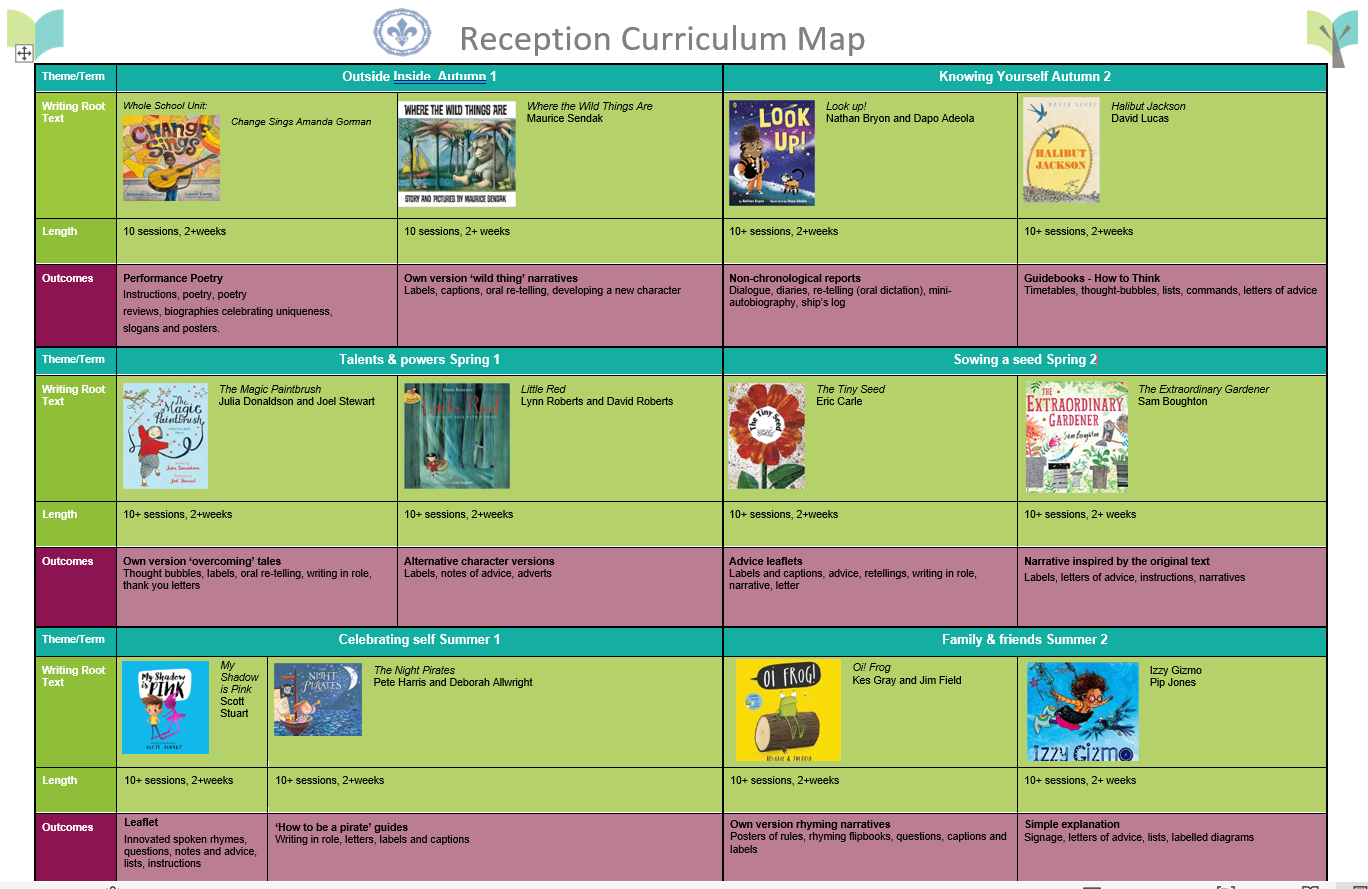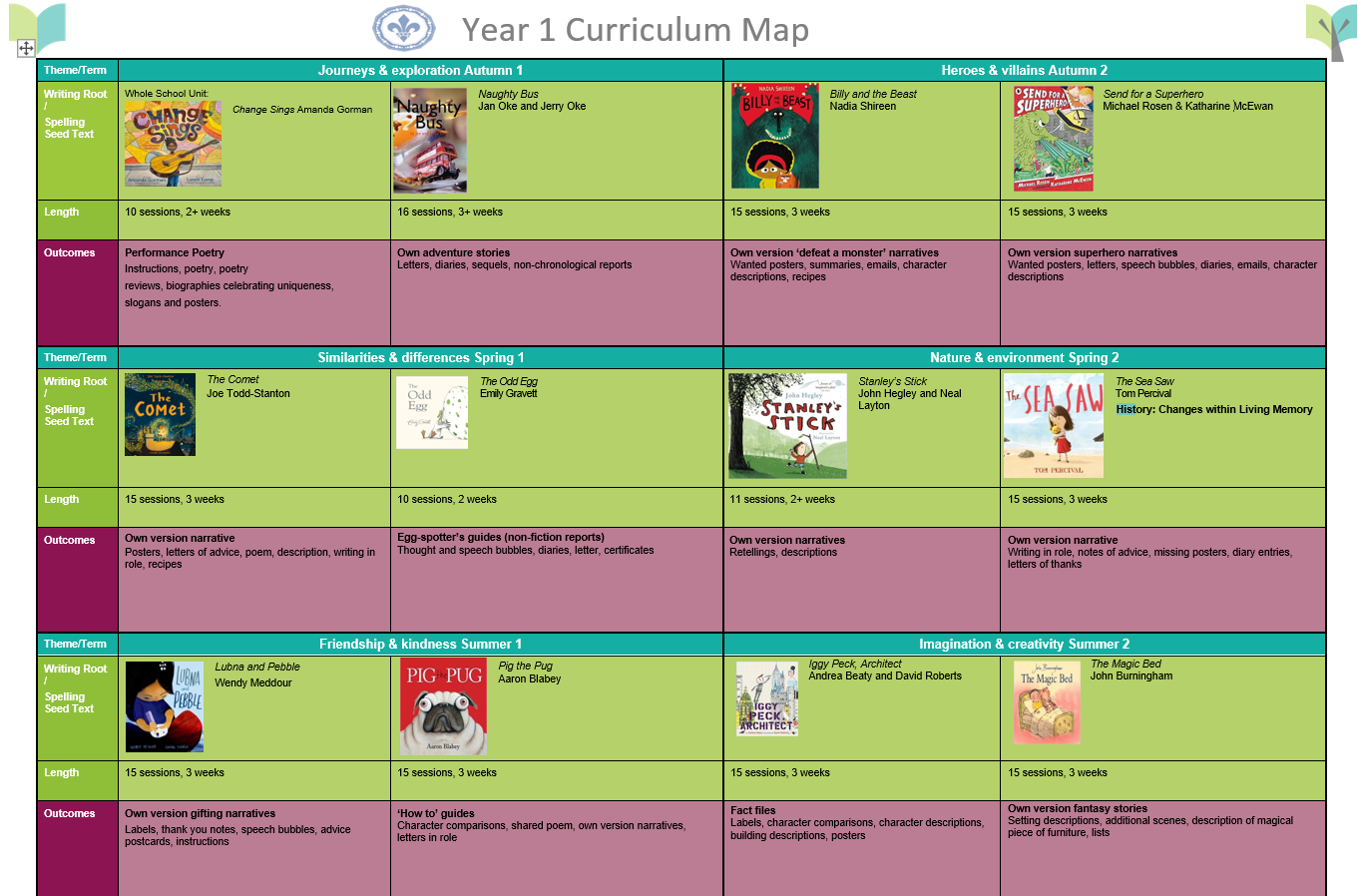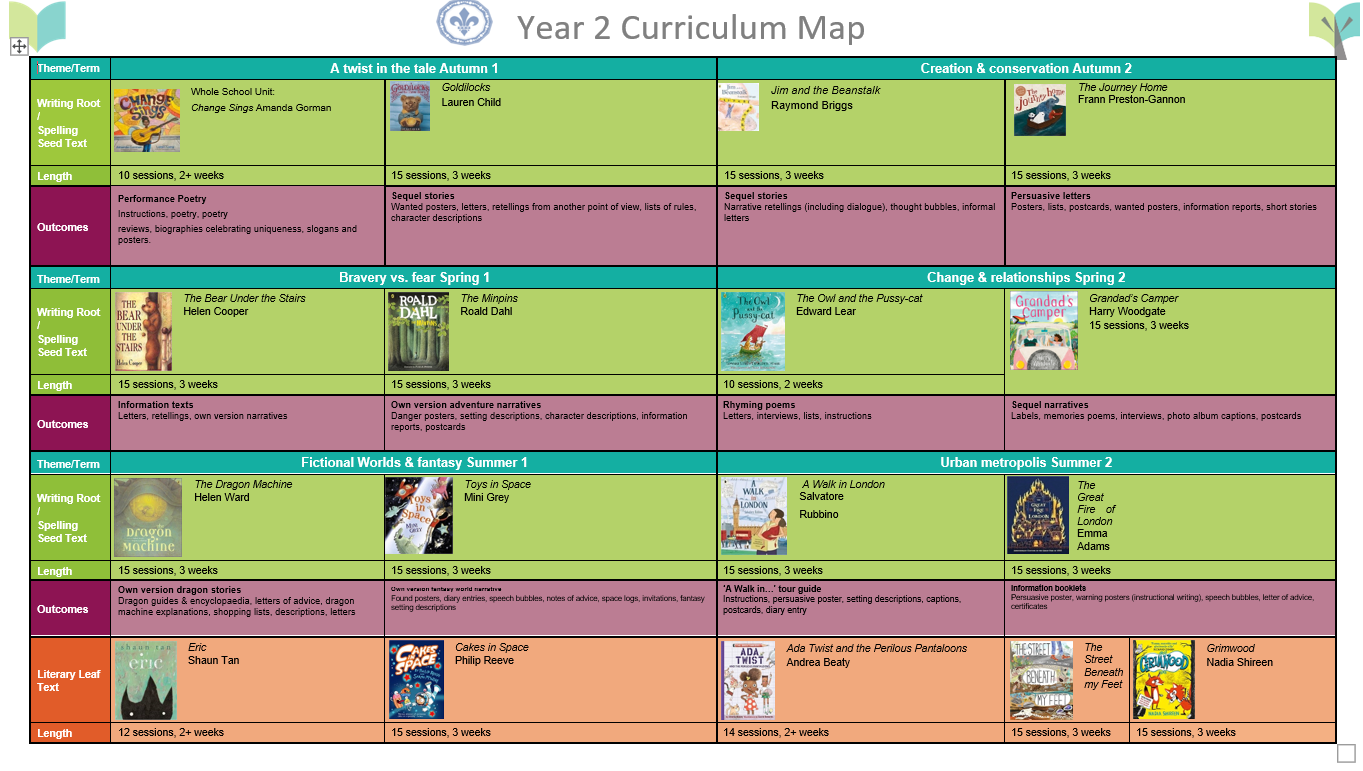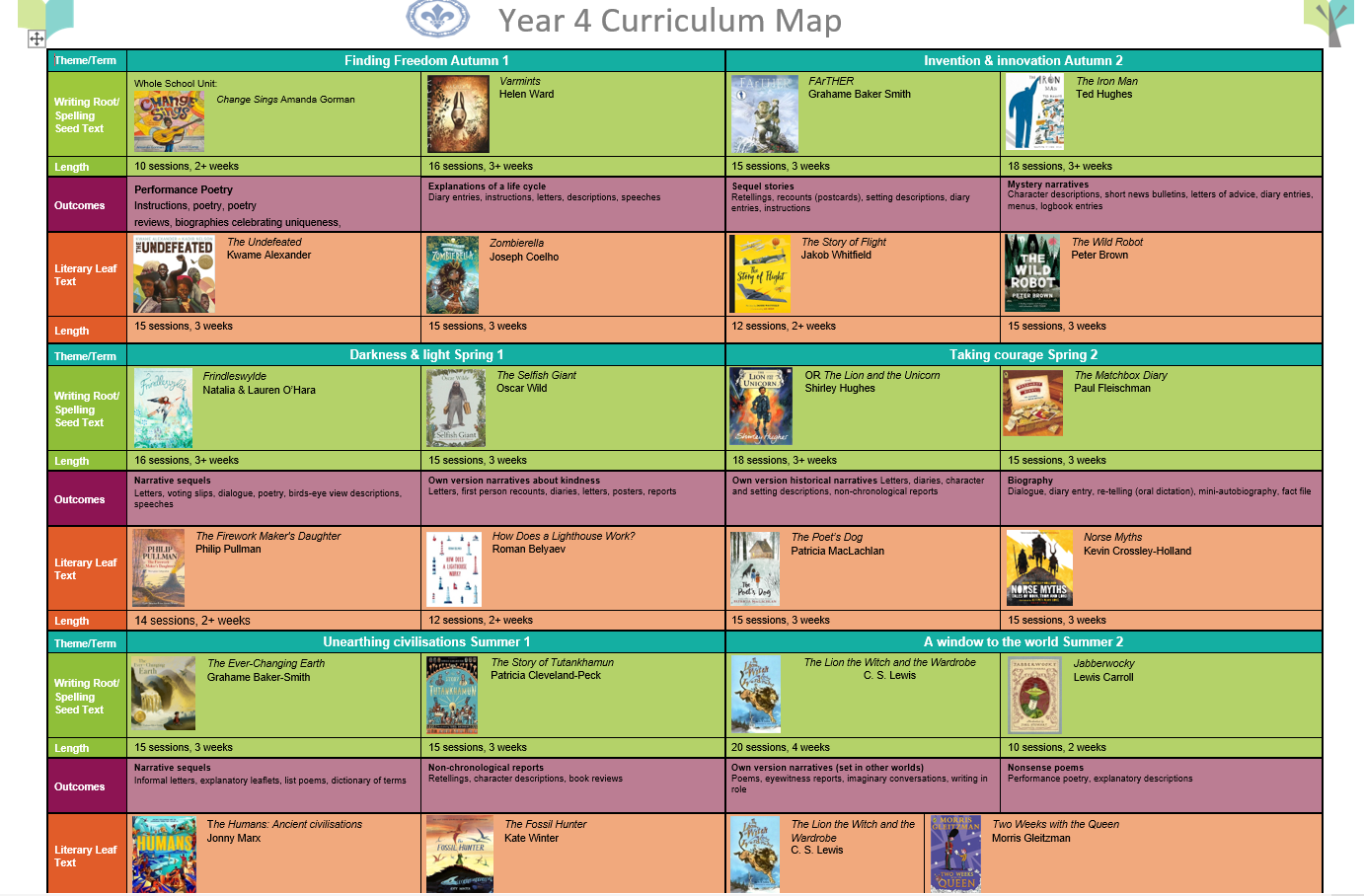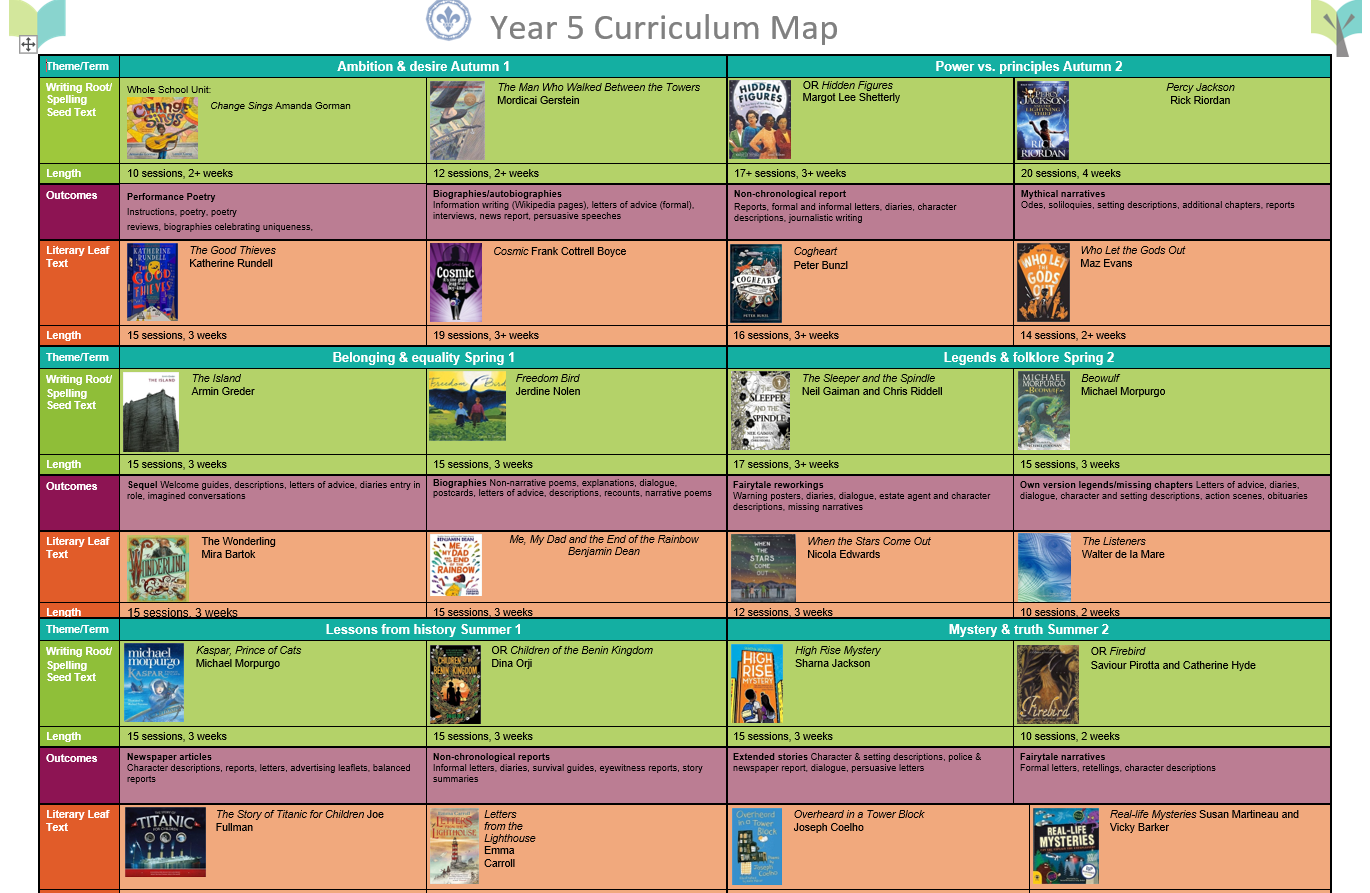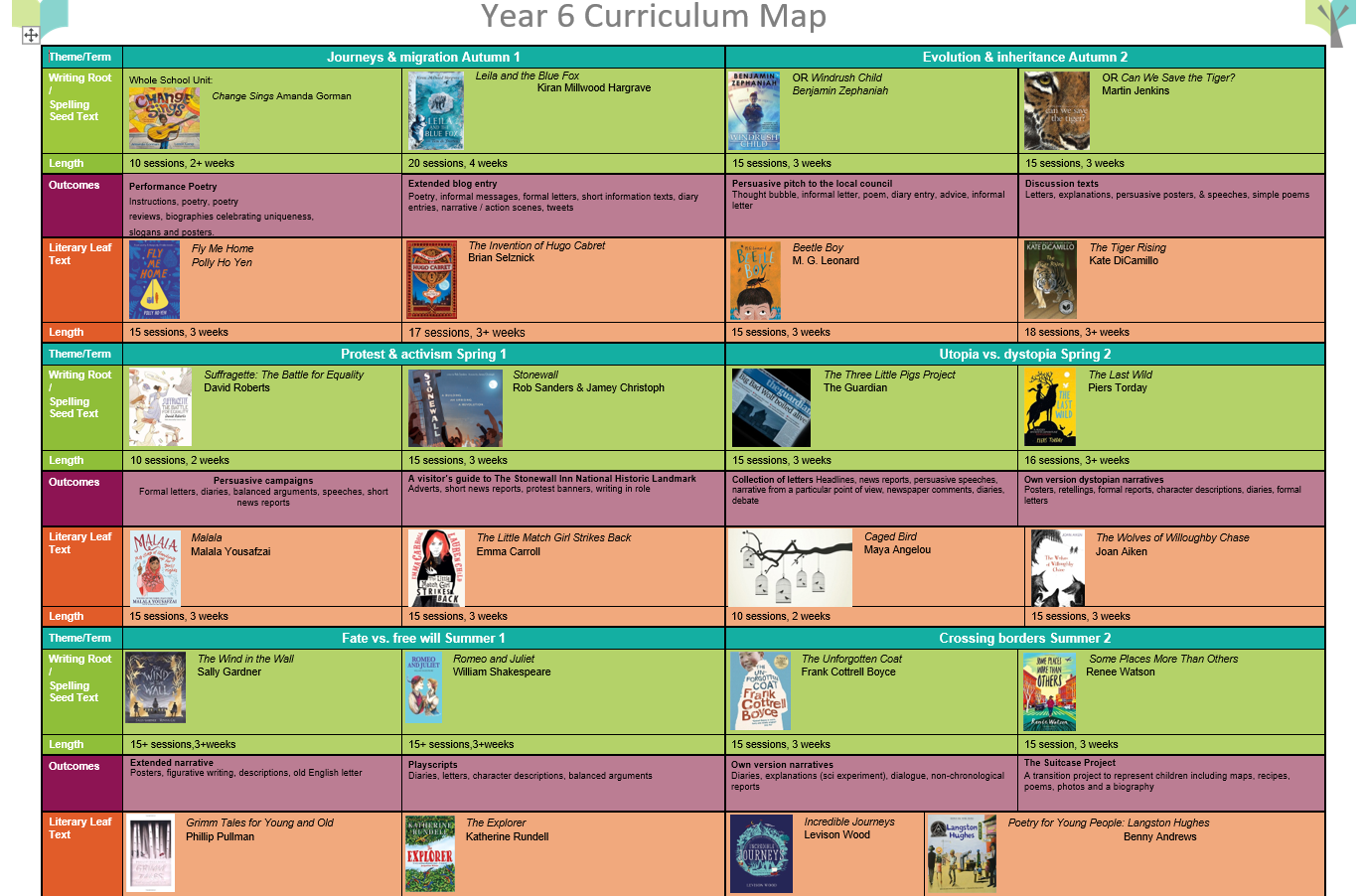English
“An inspiring, creative book-based approach, where children flourish in listening, speaking, reading and writing”
Reading
INTENT
At St. Mary's we endeavour to ensure that all our children become fluent, confident and enthusiastic life-long readers by the time they leave us in Year 6. We want to provide our children with a literacy-rich environment, exposing them to high-quality texts which include books with diverse cultural representation that mirror our school community and the wider world. Reading is an integral skill that enables children to develop their learning across all areas of the curriculum and lays the foundations for success at secondary school and beyond. We recognise the importance of taking a consistent and coherent approach to the teaching of reading in order to close any gaps, support less confident readers, build vocabulary and enrich our children’s cultural capital. We aim to create confident, inquisitive readers with sound technical and comprehension skills as well as a passion for reading.
IMPLEMENTATION
Early Years and Key Stage One:
As soon as our children start in Reception, we begin teaching them to read using 'Read, Write Inc.' This is a fast-paced, rigorous synthetic phonics programme which helps to get every child reading quickly and gives teachers the confidence and skills to deliver high-quality teaching every day. Children from Reception to Year 2 receive daily phonics sessions, where they learn how to decode words by letter sounds and blend them together to read and write words. This is supported by a comprehensive scheme of reading books matched to the children's current phonetic knowledge. As children progress through the programme, they develop greater fluency and comprehension until they are ready to move onto our whole class reading sessions after the spring half-term of Year 2. Children in Year 2 and Year 3 who have not yet met the expected standard will continue to receive daily phonics lessons as well as interventions to help them 'keep up'. We use Read Write Inc.'s 'Fresh Start' programme for learners in Year 4 and above who are reading at below age-related expectations.
Children are assessed each half-term by the reading lead to ensure they are allocated to the correct level group. Children in need of additional support are identified quickly through weekly meetings with phonics teachers so that interventions can be put in place quickly. Children making accelerated progress are also identified so that they can move to a more challenging group if required. Children further develop their reading skills by having one-to-one reading sessions at least once a week in class. They take home two phonics books each week, matched to their ability, and a 'sharing' book to read for pleasure with an adult. We offer a parent's workshop in the Autumn term to support parents help their children through their phonics journey and further information is available for them on our website.
Key Stage Two:
As our children complete Read Write Inc.'s phonics programme, they move to a whole-class reading approach. We use Literacy Tree's 'Literary Leaves' reading programme that complements our writing units and ensures children are well-equipped for secondary school. Children take home a book each week to read to an adult that is matched to their current reading level (assessed regularly by the class teacher). Children also have acces to our school library, where they can choose books to take home to read for pleasure.
Reading is taught three times a week and introduces children to a wide range of literature that they could not or might not choose to read independently. Lessons are carefully planned and ensure all four elements of a successful reading lesson are included:
1. The teacher reading aloud
2. Pupils reading
3. The teacher’s modelling and explanations
4. Questioning
High quality texts and passages are chosen, appropriate to the expectations of the year group or ability of children, including a mixture of fiction, non-fiction and poetry. The aim is that all our children will have been exposed to a wealth of literature by the end of Year 6.
IMPACT
Through the teaching of systematic phonics, our aim is for children to become fluent and confident readers who can apply their knowledge and experience to a range of texts throughout the Key Stage 2 curriculum. Progress is informally assessed throughout the year in English lessons, phonics sessions and on a 1:1 basis. Formal assessments are carried out each half-term for children learning phonics, and termly comprehension assessments are carried out for children in Years 2-6 who access whole-class reading.
Strategies and interventions are put into place to support those children not making the expected levels of progress. Statutory tests are carried out with children in Year 1 (phonics screening) and in Year 6 (SATs). We hope our children will leave St. Mary's passionate life-long readers who are equipped for secondary school. We aim for our Year 6 children to be fluent, confident readers, who can access a range of texts for pleasure, as well as use their reading skills to unlock learning in all areas of the curriculum, enabling them to think clearly, creatively and critically.
Writing
INTENT
At St Mary’s, we aim to ensure all our children develop a genuine love of language and become articulate and imaginative communicators. We want our learners to be well-equipped with the skills they need to be independent, confident writers in secondary school and beyond.
We use the writing programme, Literacy Tree, to inform our writing curriculum. Literacy Tree’s writing resource, ‘Writing Roots’, is based around a Teach Through a Text pedagogy and embeds all National Curriculum requirements, placing audience and purpose at the core.
We have adapted and sequenced each writing unit to ensure it suits the needs of our school. We have carefully chosen texts that are inspiring and representative of our school community whilst ensuring a wide range of authors, genres and styles can be explored. Using a text-based approach motivates children to write for a range of audiences and purposes. We want our children to write for a purpose, see themselves as real writers and take ownership of their writing. We aim to instil a love for writing and an understanding that it is an enjoyable process in which they can express themselves coherently and imaginatively.
IMPLEMENTATION
Writing at St. Mary’s is taught using planning from Literacy Tree’s ‘Writing Roots’ and ‘Spelling Seeds’ programmes, along with guidance from the National Curriculum.
Early Years and Key Stage One:
In EYFS, children begin their writing journey by developing their gross and fine motor skills through a variety of activities. They begin to ‘mark make’ using a collection of tools and form letters during their daily phonics sessions. From Reception, children follow our Literacy Tree scheme and skills are built on as they progress to Year 1. Throughout KS1, the emphasis is on developing basic writing skills, so that by the end of Year 2, children are writing simple, coherent sentences in a variety of genres, across a range of subjects. Children are taught to develop positive attitudes and build up their writing stamina by writing narratives about personal experiences and those of others, writing about real events, writing poetry and writing for a variety of purposes.
Each unit of work lasts for between two and three weeks and children study a high quality, age-appropriate text that develops excitement and an engaging purpose for writing. Drama and oracy activities are frequently used to support and inspire their imaginations. Children are taught to discuss what they are going to write before beginning, by planning or saying their sentences out loud. The children will write down ideas and collect new vocabulary. During and after writing, children are taught to make simple revisions, corrections and to evaluate their work. Phonics and Spelling Phonics are taught discretely throughout EYFS, Year 1 and into Year 2. Writing forms part of daily, small group ‘Read, Write, Inc.’ phonics sessions and these skills are revisited and applied in all writing lessons. As the children move into Year 2, spelling patterns are also taught in line with the National Curriculum. These are taught through Literacy Tree’s ‘Spelling Seed’ programme and further explored and practised in all writing lessons as well as at home. Handwriting is taught using ‘Letter Join’ to ensure correct letter formation and to teach the pre-cursive style to learners in Year 1 and Year 2.
Key Stage Two:
In KS2 lesson planning is guided by the National Curriculum alongside Literacy Tree unit plans. Throughout KS2, the children build on the writing skills already taught in KS1 so that by the end of Year 6 children are:
- Identifying the audience and purpose of the writing.
- Developing initial ideas, drawing on reading and research.
- Writing narratives, describing characters, settings, atmosphere and integrating dialogue to convey character and advance action.
- Selecting appropriate grammar and vocabulary and understanding how their choices can change and enhance meaning.
- Précising longer passages using a wide range of devices to build cohesion within and across paragraphs.
- Using further organisational and presentational devices to structure text, for example, headings, bullet points, underlining.
- Evaluating and editing by assessing the effectiveness of their own and others’ writing, proposing changes to vocabulary, grammar and punctuation to enhance effects and clarify meaning.
- Proofreading for spelling and punctuation errors.
As in KS1, children study high quality, age-appropriate texts to develop excitement and a purpose for writing. Cross-curricular links are made to ensure that children are consolidating skills learnt across all areas of the curriculum. Phonics is continued through interventions for any child that has not achieved age-related expectations by the end of KS1. Spellings are taught in line with the National Curriculum through discrete lessons using Literacy Tree’s ‘Spelling Seeds’ scheme. These spellings are linked to each writing unit so that they can be practised in lessons and are more meaningful for our learners. They are also sent home weekly as part of home learning. Handwriting is being developed throughout KS2 using the Letter Join cursive font. Teachers model the expectations for handwriting and presentation in all lessons and the children are expected to follow this. Spelling, Punctuation and Grammar (SPaG) is embedded in all our writing units but is taught as an additional lesson using 'SPaG Ninja' with tasks being completed daily during Early Morning Work.
IMPACT
We aim to ensure our children leave St. Mary's with a love of writing and all the skills they need to access the secondary curriculum and beyond. The impact of our writing curriculum will be measured through:
- The subject lead ensuring that the National Curriculum requirements are being taught and met throughout each key stage.
- Pupil outcomes are regularly monitored and evidence is gathered through pupil voice interviews, book-looks, drop- ins and discussions with staff.
- Teachers' assessments take place throughout each writing unit with a formal assessment of independent writing taken each term and assessed against the Teacher Assessment Frameworks (TASFs) for each year group.
- Sharing good practice amongst staff.
- Ensuring that children not meeting age-related expectations receive the support that they need.
Curriculum Maps
